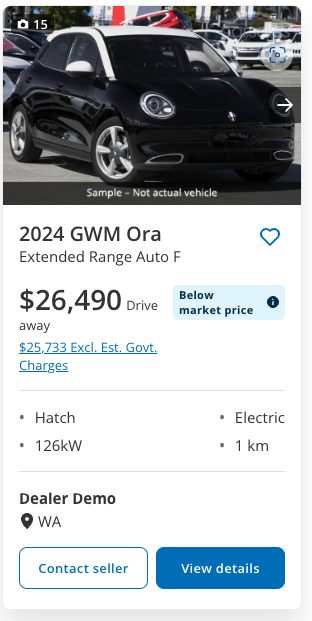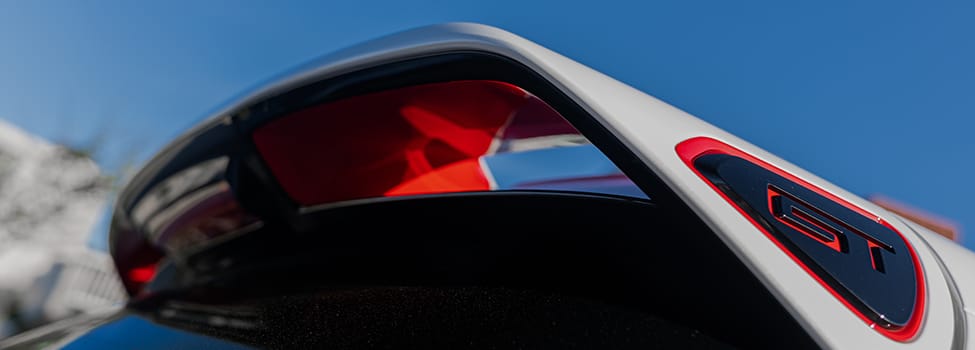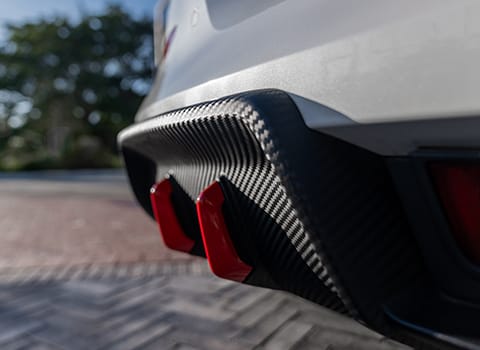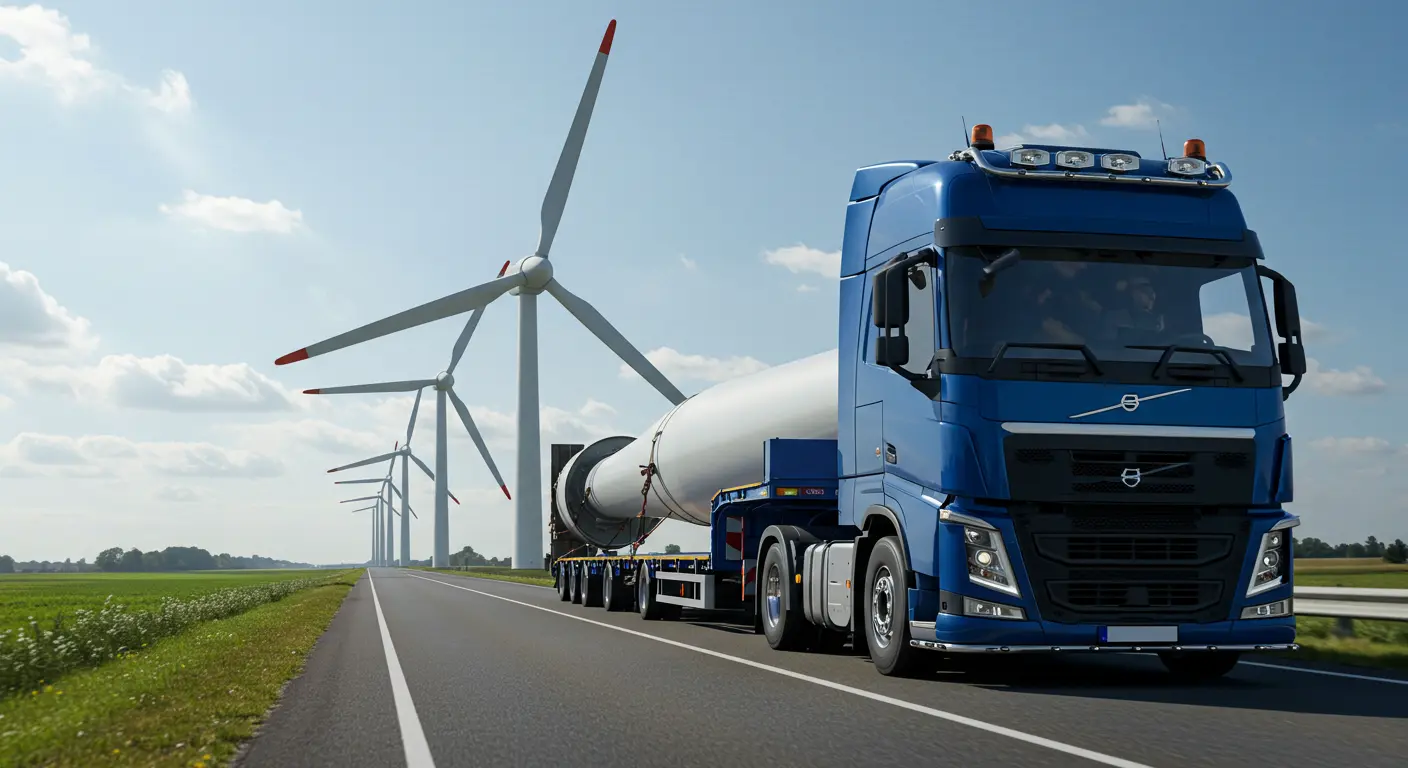As the cost of battery technology continues to plummet, electric vehicles are becoming more than just a mode of transportation-they're evolving into potential energy solutions for households.
Recent advancements in battery pricing and capabilities suggest a fascinating possibility: could affordable EVs double as home batteries?
Let us find you a deal on the GWM Ora?
Find me a dealThe Cost Breakthrough
The latest CSIRO Gencost report highlighted a significant drop in battery prices, with costs decreasing by over 20% in the past year.
Trina Solar's new 2,600MWh battery installation in Kwinana, Western Australia, is reportedly priced at $300/kWh.
Larger four-hour batteries still hover around $423/kWh, but these figures stand in stark contrast to domestic home battery prices, which remain around $1000-$1200/kWh.
Amid this pricing gap, the GWM Ora Extended Range has emerged as a standout.
Currently available in Perth for $26,490 driveaway, it features a 63kWh lithium iron phosphate (LFP) battery.
This translates to a cost of just $420/kWh, with the rest of the car effectively coming "FREE"

Beyond Transportation: A Home Battery Alternative?
The GWM Ora's pricing opens up a compelling question: can it serve as a home battery, supporting Vehicle-to-Home (V2H) and Vehicle-to-Grid (V2G) functions?
While GWM Australia's official stance states the vehicle lacks this capability, global developments suggest otherwise.
German company Ambibox GmbH has developed bidirectional chargers compatible with CCS2 connectors, enabling certain EVs to output DC power to AC without modifications.
Their testing has shown "plug-and-play" success with popular models like the Tesla Model 3 and Y (10kW output) and the BYD Atto 3 (7kW output). Surprisingly, some manufacturers, including BYD, were reportedly unaware their vehicles had this capability.
Interested in the GWM Ora?
Grab a Deal






European Innovations and Australian Potential
Ambibox has partnered with Munich-based Mobility House to further integrate EVs into grid systems.
Mobility House has published a list of vehicles capable of V2X (Vehicle-to-Everything) technology, which includes the GWM Ora Funky Cat-a model closely related to the Ora Extended Range-and several BYD models.
Although these features have been demonstrated in Europe, Australia is just beginning to adopt bidirectional charging standards for CCS2 connectors.
Local advancements are on the horizon, with Brisbane-based RedEarth now producing V2G chargers in partnership with Ambibox.
A New Era for Affordable EVs?
With the possibility of integrating V2H and V2G capabilities, EVs like the GWM Ora Extended Range could revolutionize the energy storage landscape.
Homeowners could potentially save on costly battery systems, using their EV as a dual-purpose asset for transportation and energy storage.
What's Next?
For Australians eager to explore this innovative potential, testing and verification remain key.
If vehicles like the GWM Ora Extended Range or the BYD Dolphin can reliably support V2H and V2G, they could disrupt not just the automotive market but also the renewable energy sector.
As technology continues to evolve, affordable EVs may soon provide not just a greener way to drive but also a smarter way to power our homes.
It's an exciting development that warrants close attention from automakers, regulators, and forward-thinking consumers alike.
Interested in buying a GWM Ora? Let us do all the hard work.
Chat to us here.See Also
















